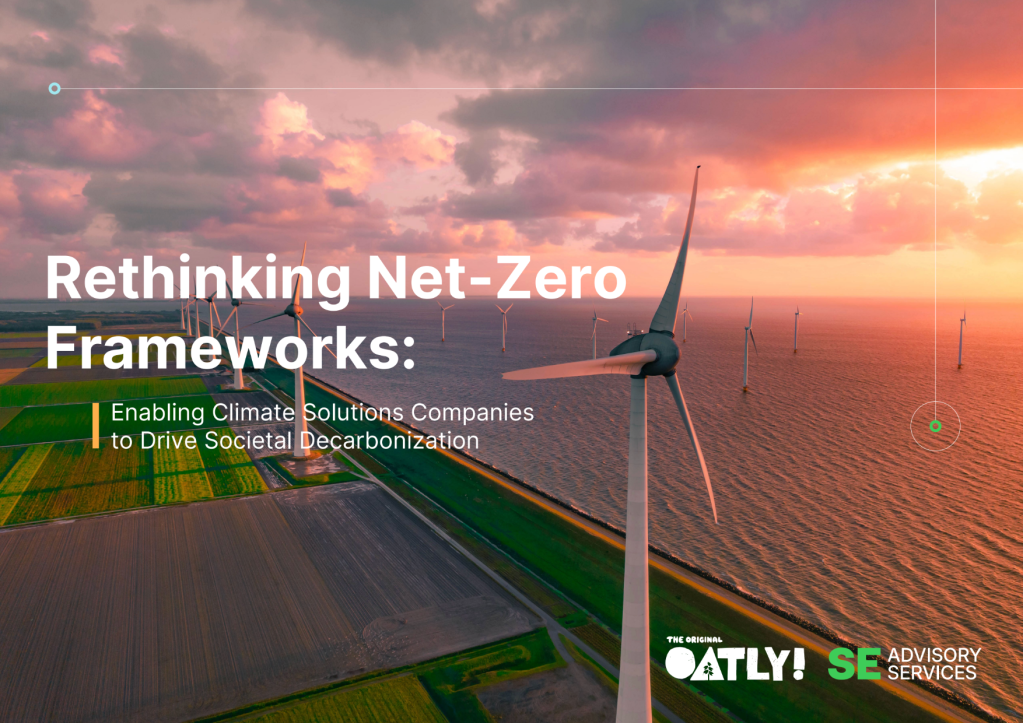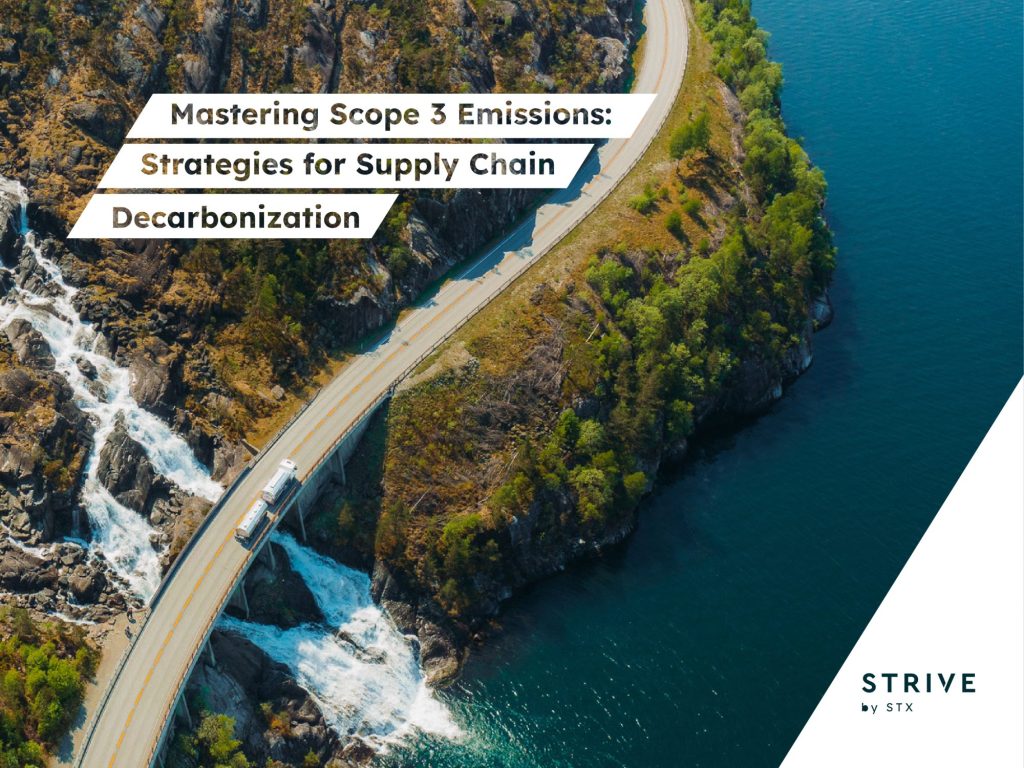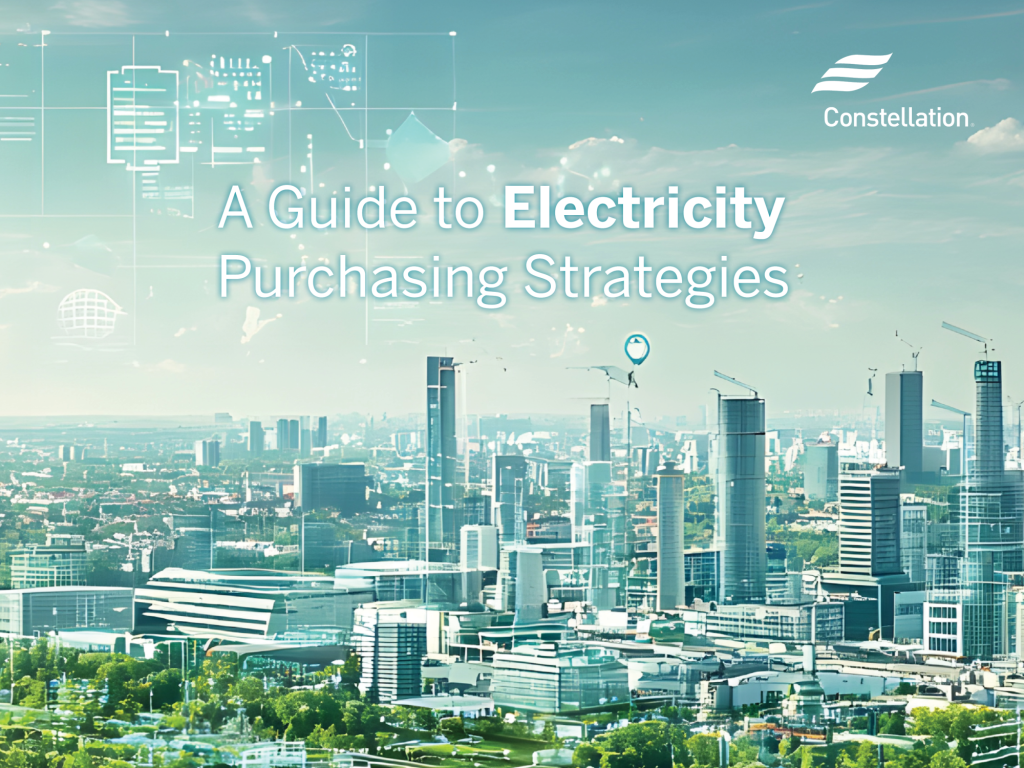Climate tech startups and corporations are Mars and Venus. Here’s how to balance progress with process
With entirely different business models for innovation, can they live happily ever after? Read More

Startups and large corporations may seem like natural allies in tackling the climate crisis. One has ideas; the other has scale. Yet when they try to work together — as pilot partners, customers, investors or acquirers — the relationships often sputter.
At the Climate Tech Commercialization Forum at last month’s Trellis Impact 25, entrepreneurs, investors and corporate sustainability leaders wrestled with the why of that — and, more importantly, how to fix it. The technologies needed to decarbonize the economy mostly exist, said moderator Jake Mitchell, who leads climate tech innovation at Trellis Group. “So the challenge isn’t invention — it’s integration.”
The forum, now in its second year, focused squarely on smoothing the friction that prevents promising technologies from scaling. This year’s “friction buckets,” chosen by advisors representing both startups and large companies, were “culture” and “communication” — the two variables most within human control.
When strengths become liabilities
Startups are built atop bold vision, speed and risk-taking; corporations thrive on structure, consistency and scale. Each party’s strengths can cripple collaboration if unchecked. A startup’s big-picture thinking can become overpromising. A corporate’s discipline can crush creativity. Each side’s superpower can be a blind spot.
“Startups and corporations have entirely different business models for innovation,” said Rob Shelton, innovation consultant and mentor at Harvard’s Innovation Lab.
Startups win by moving fast, proving product–market fit and adapting constantly — “shape-shifting,” as Shelton put it. Corporations, by contrast, depend on governance, predictability and risk control. “Neither side fully understands what the other is trying to do,” he said. “That shows up in decision speed, resource allocation, even hiring approvals.”
His prescription: candor. “Be honest about your business model and your biases. Every organization has them — rooted in history, culture and risk tolerance. Name them, and you can start to work through them.”
Alternative pathways — and better pitches
A panel featuring Shelton, Leila Madrone of Activate and Carrie Davis of Third Derivative explored how founders can bridge that gap.
Activate’s nonprofit fellowship helps “hard-tech” scientists — those working with molecules, machines and materials rather than code — become entrepreneurs. Madrone, a robotics engineer who spent 12 years running her own energy startup, described how venture capital’s pressure for 10- to 20-fold returns often derails climate hardware companies.
“The VC model rewards hype,” she said. “But corporate partnerships can be faster, more pragmatic routes to profitability — and to impact.”
Davis, whose accelerator builds ecosystems that link investors, corporations and startups, observed that midsize companies are often better partners than Fortune 500 giants. “They’re hungrier,” she said. “They can move faster and actually tell the story publicly, which helps startups build credibility.”
When pitching corporations, the panelists agreed, founders must change their language. “VCs want disruption,” said Madrone. “Corporates want amplification. They want to strengthen what already works.”
“Don’t promise growth; promise advantage,” advised Shelton. “Show how you’ll help them commercialize faster and cheaper than they could themselves.”
Proof, not promises
If culture and communication are the sources of friction, trust is the lubricant. Michelle Ruiz, CEO of Hyfé, a startup that turns food waste into specialty chemicals, described how her team built that trust through “stage-gating”: dividing their commercialization roadmap into small, low-risk steps.
Rather than proposing massive joint ventures up front, Hyfé begins with gram-scale samples, then pilot projects at kilogram scale, and only later at full production. “Each stage-gate gives both sides a chance to ask: Do we still feel comfortable? Is the business case clear?” Ruiz said. That approach, she added, “translates ‘move fast and break things’ into ‘move smart and build trust.’”
Inside a working partnership
A case study of Upstream Tech and ENGIE New Ventures showed how patience and persistence pay off.
Upstream, a 30-person software company that uses AI to forecast river flows, began working with ENGIE’s hydropower division in 2019, landing a commercial contract a year later and a corporate investment in 2023. Yet progress was slow.
“We had miscommunications, translation issues, budget cycles that seemed endless,” recalled Shiraz Haji, a climate tech veteran who serves as senior advisor to ENGIE. “But Eve Ratliff and her team at Upstream stayed patient. They understood that inside a 100,000-person company, timing isn’t just about enthusiasm.”
Ratliff said having an internal champion like Haji was indispensable. “He knows who talks to whom and how decisions actually get made,” she said. “That’s intelligence you can’t get from a website org chart.”
Upstream initially emphasized that its forecasts were more accurate — “a technical brag,” Ratliff called it. It didn’t resonate. The company eventually built an ROI calculator to show how better forecasts could optimize hydropower revenue, then invited ENGIE managers to adjust the assumptions themselves. “That turned a sales pitch into a collaboration,” she said.
Asked how much environmental impact factored into those discussions, both were blunt. “It wasn’t a big part,” Haji said. “ENGIE cares deeply about climate — but at the operational level, it’s about performance and reliability.” Ratliff added that framing their value as climate-risk mitigation helped connect sustainability to business outcomes.
Tabletop takeaways: Closing the gap
Midway through the forum, participants broke into tabletop working groups — a mix of startup founders, corporate innovators and investors — to co-create solutions to the culture-and-communication divide. A few themes emerged:
- Start with empathy, not ego. Founders admitted that they often underestimate the internal politics and risk aversion inside big companies. Corporate representatives confessed that they rarely appreciate the existential time pressure startups face. One table called it “learning to speak each other’s anxiety.”
- Build a shared calendar of reality. Timing was the most cited pain point. “Startups think in weeks, corporates in quarters,” said one report-out. Participants proposed joint planning roadmaps that lay out both sides’ milestones — product readiness, budget cycles, procurement gates — to prevent mismatched expectations.
- Define success in both languages. Groups urged partners to co-create success metrics that blend ROI and impact. “If the corporate only counts cost savings and the startup only counts tons of CO₂ avoided, you’ll never align,” one facilitator summarized.
- Find the translator. Nearly every group emphasized the importance of a champion — someone like ENGIE’s Haji — who can interpret corporate culture for startups and vice versa. One table called for formal “liaison fellowships,” embedding startup staff temporarily inside corporate innovation teams.
- Tell the story together. Pilots often stall in silence, participants noted, because neither side knows how — or is allowed — to publicize early wins. “We need shared storytelling,” said one corporate participant. “A co-branded success narrative builds confidence internally and externally.”
Following each table’s report-out, it became clear how practical — even tactical — the ideas had become. “Last year we diagnosed the friction,” said Mitchell. “This year we started building the grease.”















